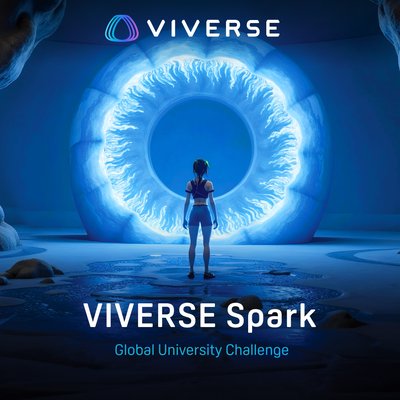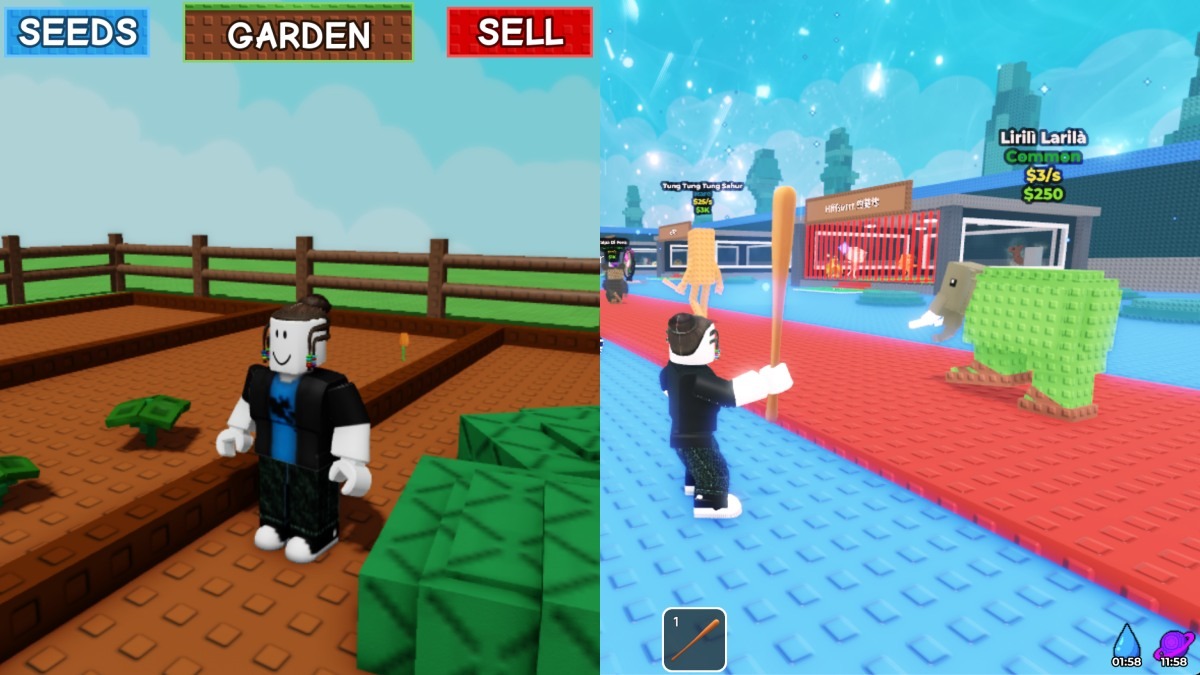For game developers to those building enterprise applications, finding investors to back any VR project can be a real challenge. We recently shared best practices and general tips from HTC vice president, Pearly Chen, who works closely with the developer community through VIVE X and Viveport. In this ongoing developer series, we’re highlighting voices from the industry to share their experience in securing funding.
This week, we interviewed Keita Funakawa, COO of Nanome, who shares the VIVE X company’s unique insights in the biopharma space. Nanome is a software platform for designing and simulating molecules in virtual reality. With Nanome, professional researchers and scientists can intuitively interact with their data in VR and gain ‘instantaneous’ insights about their data while sharing a common workspace with their colleagues.
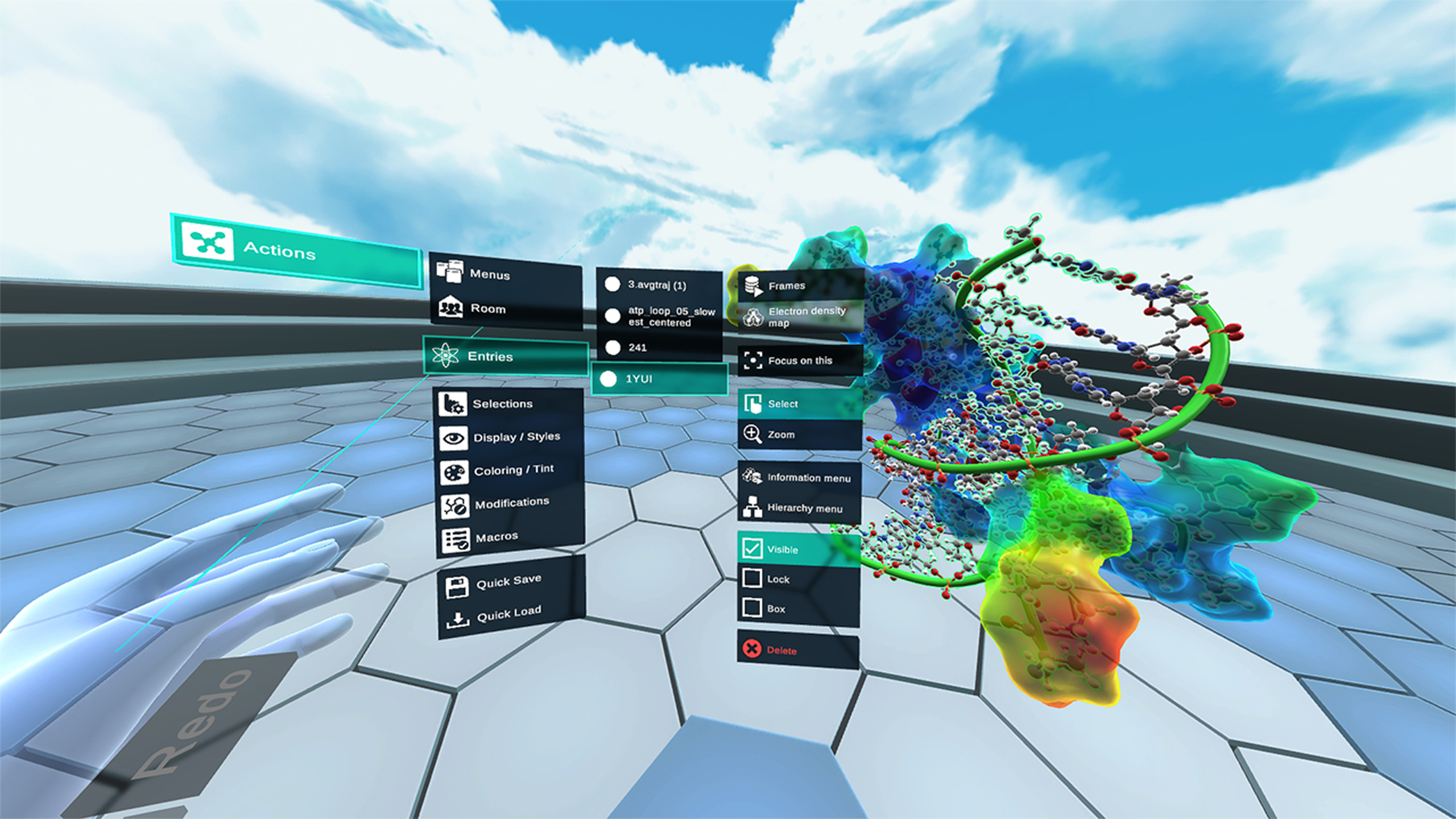
What was the top challenge you experienced related to funding your VR project and how did you overcome it?
When it comes to a specific challenge related to VR, it was mainly overcoming the niche/gaming stigma associated with VR. “There are not enough headsets sold,” “VR is only for gaming,” “you’re betting your users would want to put this bulky piece of hardware onto their face,” etc. were the typical comments we heard. As a software solution in the biopharma industry, we also had tremendous challenges selling to an industry that hasn’t fully embraced digital/software disruption as much as other industries. We were always faced with skepticism about market/user size or potential because there haven’t been as many comparable software solutions that have distributed biopharma industries.
What did you wish you knew when you first started developing VR solutions?
Biopharma IT networks are a nightmare. Since our users are handling/designing data that’s extremely sensitive (from an Intellectual Property perspective, not from a patient HIPPA compliance perspective), the security surrounding this data is very airtight and extremely cumbersome work with. As a result, we’ve spent much more time working around these hurdles than we initially expected. Additionally, many enterprise VR hardware solutions also do not take this into account, so letting our hardware partners know ahead of time of these hurdles could have alleviated some of the challenges we faced.
What one piece of advice would you give to developers looking for investors/funders for their projects?
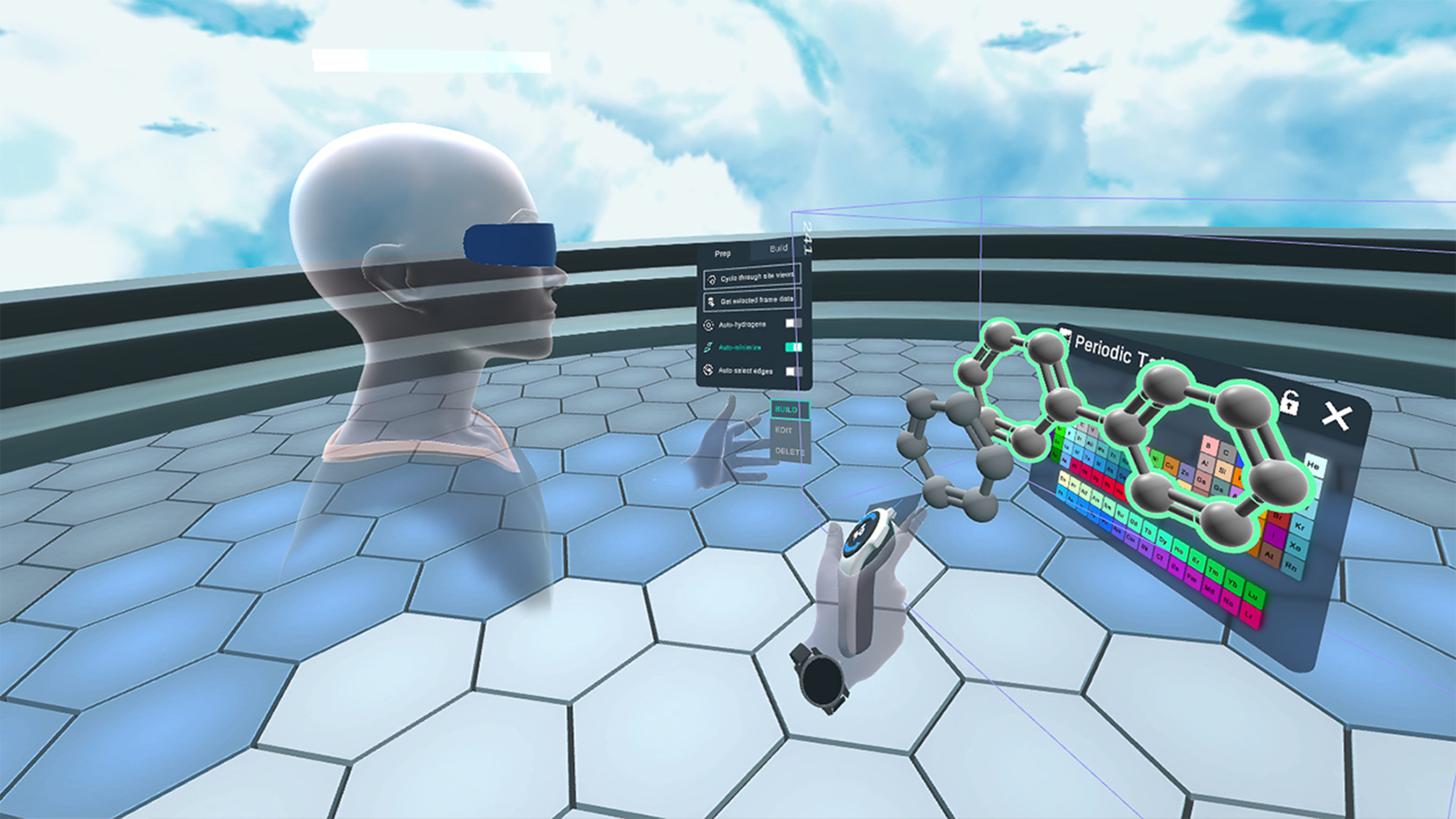
The hype of the VR industry from 2016/2017 has diminished significantly, and as a result, investors are more reliant on KPIs such as revenue and engagement before investing. My advice is to become a self-sustaining business from revenue first. As NYU professor Scott Galloway puts it, “revenue drives businesses not burn.” It is much less stressful trying to fundraise when you are not concerned about runway and survival. Investors want to fund businesses that are about to thrive, not businesses just trying to survive. During meetings and pitches, investors definitely feel that lack of stress. They are attracted to that, and building a business around revenue first enables you to have these stressless interactions with excited investors, yielding a higher probability of getting funding.
Many developers face investors/funders/other stakeholders that are often concerned that VR projects won’t pay off. How were you able to secure buy-in from your key stakeholders?
I can only talk about our solution specifically, but we were solving a massive need for drug discovery scientists that happened to be extremely valuable for Work/learn from home and for COVID19 research. Scientists risked information loss when using non-collaborative 2D software solutions and were able to gain unique insights and value from a collaborative VR solution. This along made us a must-have than a nice to have. Then, as COVID19 started to spread, the risk for information loss for such a critical global crisis was too massive to ignore. On top of that, these scientists could no longer meet in person and rely on non-collaborative solutions to do their research. The same value propositions were also shared among our basic chemistry educators/students and academic research users in over 250 universities and institutions worldwide.
What needs to be done to drive more industry/vertical buy-in for VR solutions?
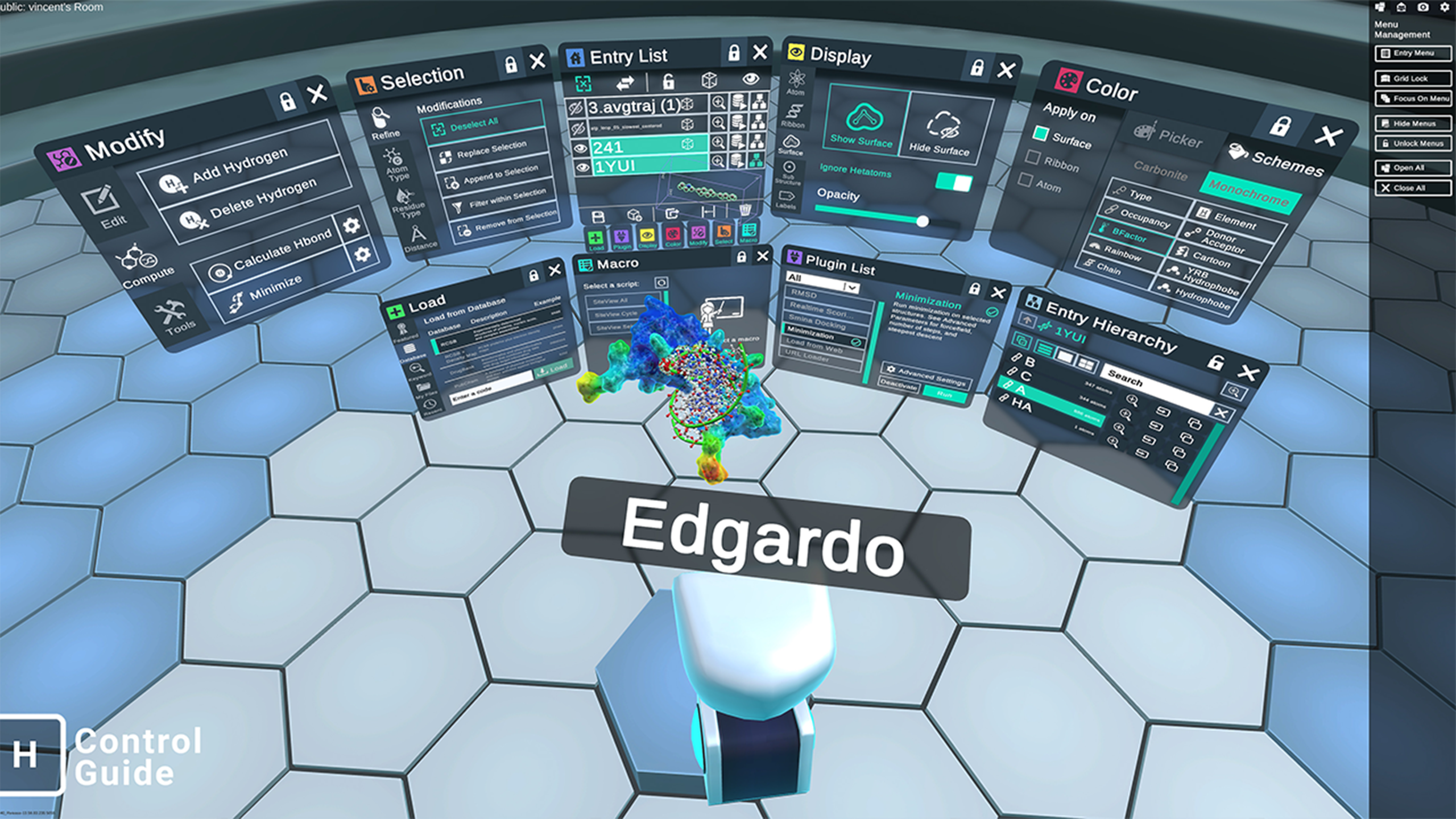
VR hardware: decrease bulkiness, cost, IT, and hardware requirements. Better input (such as enabling typing on a keyboard)
Software: more general computing apps that we see in our main computing interfaces accessible and better in VR. I.e. Apps like email, Slack, excel, word, web browsing not only need to be available and used in VR, but also have a significant value add/improvement in VR such that VR becomes more of the main computing interface for everyone.
This will allow specialized apps like ours to integrate within the everyday life of our users more seamlessly. Right now, although our users use Nanome almost everyday, it’s practically a ‘special event’ for our scientists to set up a headset and use Nanome. Ideally, and we think this is only a matter of time, we want scientists to switch over to Nanome whenever they need to use it like another app on their smartphones
Why did you choose to create for the market you did?
Science is fundamentally collaborative and in 3D or higher dimensions. Limiting science to a non-collaborative 2D monitor severely limits the insights, and discoveries scientists could be making. Nanome is the frontier interface and collaboration software for science, starting with molecular data.
Aside from funding, what other areas of support did you receive from Vive X that were critical for brining your content to market?
Vive’s initiative to focus on enterprise has been an enormous help for us since enterprise is most of our business. Top pharma companies found out about VR through purchasing a Vive, which led to discovering Nanome.



